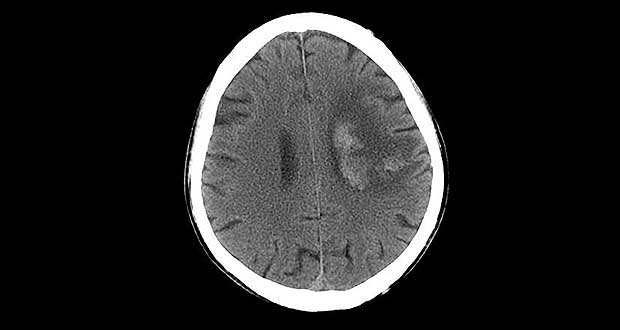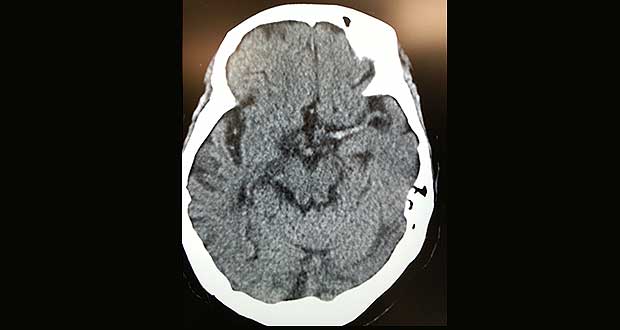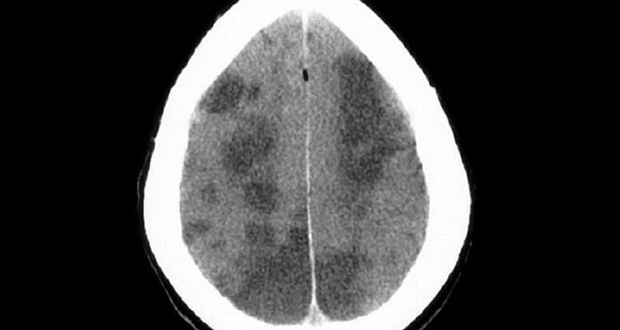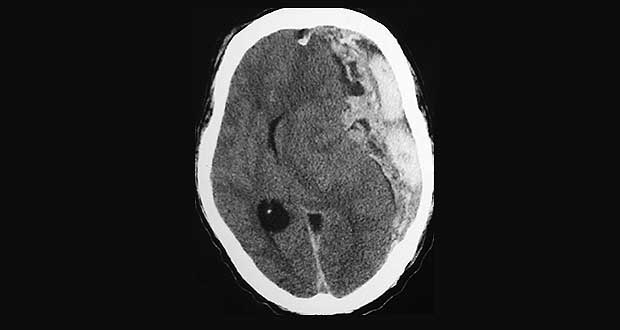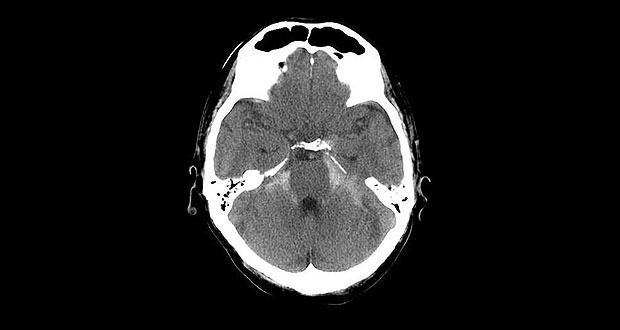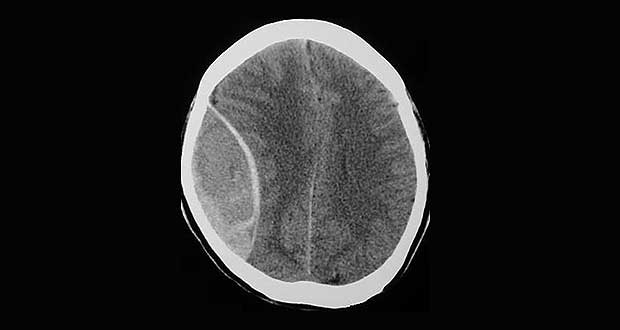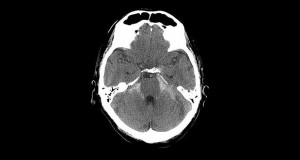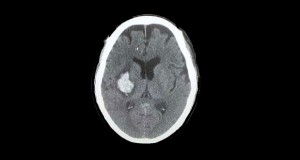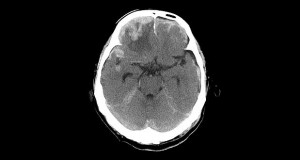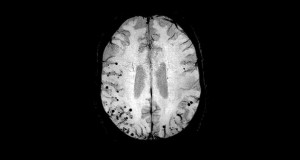Subdural haematomas are far more common than epidural haematomas and acute subdural haematomas are one of the leading causes of death and disability in patients with severe traumatic brain injury. Subdural haematomas are due to an accumulation of blood between the dura and arachnoid. This ...
Read More »Vascular Disease
Subarachnoid Haemorrhage
Subarachnoid haemorrhages are where there is an extravasation of blood into the space between the arachnoid and pia. Subarachnoid haemorrhages often develop as a result of rupture of a cerebral aneurysm (most often arising from the circle of Willis or the middle cerebral artery bifurcation) or consequent ...
Read More »Spontaneous Parenchymal Haemorrhage
There are a number of causes of spontaneous parenchymal haemorrhages. These include: hypertension, vascular malformations and aneurysms, neoplasm (primary or metastatic), cerebral amyloid angiopathy, use of antiplatelet agents or anti-coagulants, blood dyscrasias and drug abuse (e.g. amphetamine and cocaine use). Parenchymal haemorrhages could also be subdivided into ...
Read More »Intra-cranial Haemorrhage due to Head Injury
Often, as a consequence of severe head injury, there may be haemorrhage within various intracranial compartments. In these 2 cases (Patient 1 – Figure 1, Patient 2 – Figures 2 to 11), both patients sustained a severe head injury. A combination of subdural , parenchymal ...
Read More »Cerebral Amyloid Angiopathy
The MRI images shown here (Figures 1 to 5) are from a patient with cerebral amyloid angiopathy (CAA). CAA is caused by the accumulation of aggregated amyloid-β (Aβ) plaques in the walls of small to medium-sized arteries and penetrating arterioles. Such aggregates are due to an ...
Read More » HKU E-learning Platform in Clinical Neurosciences HKU eLearning Platform in Clinical Neurosciences
HKU E-learning Platform in Clinical Neurosciences HKU eLearning Platform in Clinical Neurosciences

